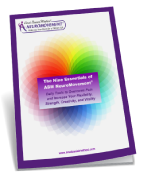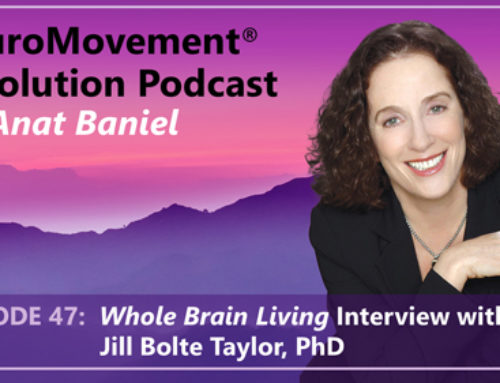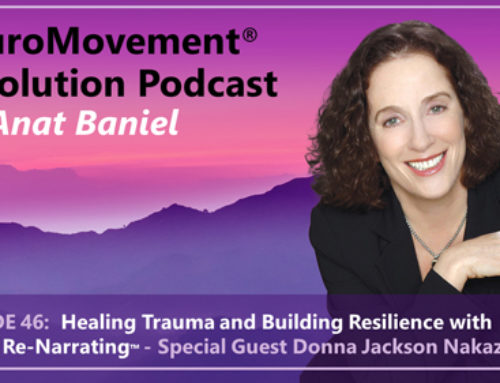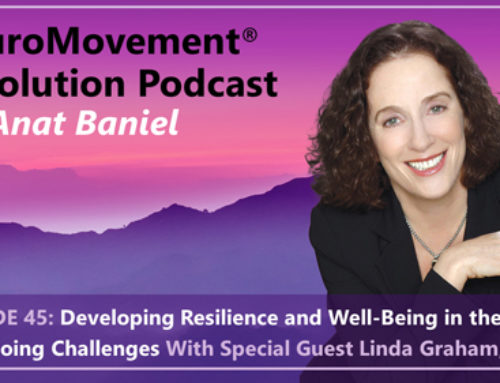The Fitness Myths That Hold You Back, and How to Succeed: Myth 3
The Stretching Myth
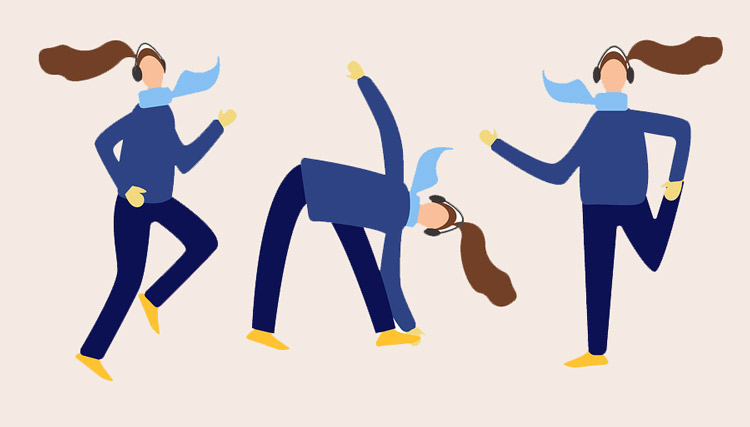
We are continuing our series on why so many people sincerely commit to fitness resolutions each new year and then, in the coming weeks or months, end up either not fulfilling their fitness goals or quitting completely.
Last week, we introduced the “No Pain, No Gain” myth. This week we are going to talk about the Stretching myth.
So, why do we feel the need to stretch? We may feel restricted in our movements and that our muscles are too short. We often stretch in an attempt to make these muscles get longer.
We have also been told that stretching is good for us, that it is necessary to stretch before we run or do any kind of rigorous exercise in order to avoid injury. We stretch in an attempt to increase our flexibility and move better, all highly valid goals. Stretching is everywhere. It is used in yoga, Pilates, sports and dance training, and aerobics. Stretching is also an important part of physical therapy, where it is applied after injury and surgery.
Fitness Myth 3: The Stretching Myth
There is no question that when muscles are chronically contracted, it limits our ability to move freely and powerfully, and increases the chances of injury. However, is “the way” that most people stretch the solution? The answer is “no.”
This answer becomes obvious when we look closer at how muscles work and what makes them too short in the first place.
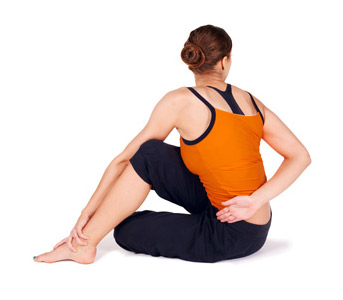 Muscles can only do one of two things: contract or let go. When a muscle contracts, it moves us in space. Once the movement is completed, the muscle lets go and relaxes so that it is ready to contract again when needed. A chronically contracted muscle stops being useful to us, and actually interferes with our freedom to move and be powerful.
Muscles can only do one of two things: contract or let go. When a muscle contracts, it moves us in space. Once the movement is completed, the muscle lets go and relaxes so that it is ready to contract again when needed. A chronically contracted muscle stops being useful to us, and actually interferes with our freedom to move and be powerful.
When we try to force a muscle to relax by stretching it, we are applying force against an actively contracted muscle. Unbeknownst to us, we activate the “stretch reflex,” a built-in mechanism to prevent muscles from being torn. There are muscle spindles (sensory receptors that detect stretching) that get activated when force is applied to the muscles and actually tell them to contract further, in order to protect those muscles from injury.
(There is a growing body of research that shows that stretching can actually impair performance and cause injury. See the resources, research, and links at the end of this post.)
So what can we do when we have chronically short muscles for example, our hamstrings or our lower back muscles?
Increase Flexibility Through Brain Change
It is our brain that tells our muscles what to do. Muscles don’t have a say in how long or short they are going to be. So when a muscle is too short, we need to change the brain patterns that are telling our muscles to do so.
As described in the first post, “The Fitness Myths That Hold You Back, and How to Succeed: Myth 1,” we need to provide the brain with new information with which it can create new patterns that allow the short muscles to lengthen when necessary and create a better organized movement altogether. Without exception, when movement is well organized, our strength and flexibility increase; we prevent injury and we become more fit.
The Anat Baniel Method has defined the Nine Essentials to communicate with your brain and provide it with the information it needs to create these improved new connections and patterns. In this blog post, we will show you how you can use some of the Essentials to help you get great outcomes from your stretching routine.
In our previous blog posts, we discussed three Essentials: Movement with Attention, the Slow Essential, and the Subtlety Essential.
The Variation Essential
Today we are introducing the Variation Essential, which will further wake up your brain and flood it with new experiences and information to give you more of the flexibility you want and help “warm up” your muscles in preparation for your fitness routine.
Brain research has shown that introducing variations to any movement you do rapidly increases the number of synapses in the brain associated with that movement. As a result, new possibilities open up for the body to move in a more flexible and harmonious way that also feels a lot better.
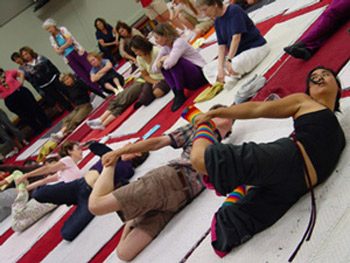 How to Get the Most Out of Your Stretching Routine
How to Get the Most Out of Your Stretching Routine
To get the best outcomes from your stretching routine, in terms of increased flexibility and prevention of injury (muscle warm-up), it is perfectly fine to keep the routine you have, just apply the four Essentials presented above:
1. Whatever stretching movement you do, make sure to first do it a number of times very slowly and don’t go as far as you can. Remember, you do not want to activate the stretch reflex which will shorten the muscles involved.
2. Make sure that as you do the movement, you pay close attention to what you feel as you move.
3. Reduce the force with which you do the stretching movement. Go only as far as you are comfortable at any given moment. I know that it is counterintuitive, but combined with your attention to your movement, your brain will be figuring out alternative ways for you to move so that you can safely go further, i.e., become more flexible.
4. Introduce variations to the stretching movements that you do. So, for example, if you are reaching for your toes with your hands to try and lengthen the hamstrings, you can turn your head one way as you do it, then the other way; then move your hands to the left of your feet, then to the right of your feet; do the movement with your belly pulled in, then with your belly pushed out, etc.
Be playful and let your imagination blossom. Not only will you find yourself quickly becoming more flexible, but by connecting your brain to your muscles this way, your brain is getting ready to move you in powerful, effective, and safe ways; in other words, you become more fit.
Try these 2 short NeuroMovement video lessons to experience the Variation Essential. Discover how quickly your brain can change old habits, free your muscles to be both flexible and powerful, and also reduce pain and prevent injury.
If you regularly apply these Essentials as you do your stretching routine, it will become second nature to you, your stretching will become effective, and you will avoid the potential negative impact of forceful, fast, and automatic ways of stretching.
We’d love to hear how these essentials work for you. Give them a try and let us know what happens.
Anat Baniel
Related Resources and Research
Baniel A. 2009. Move into Life: The Nine Essentials for Lifelong Vitality. New York: Harmony Books
Black JE, Isaacs KR, Anderson BJ, et al. 1990. “Learning causes synaptogenesis, whereas motor activity causes angiogenesis, in cerebellar cortex of adult rats.” Proceedings of the National Academy of Sciences, USA 87: 5568- 72.
Bradley PS, Olsen PD, Portas MD. “The effect of static, ballistic, and proprioceptive neuromuscular facilitation stretching on vertical jump performance.” J Strength Cond Res. 2007 Feb;21(1):223-6.
Dreifus L. 2003. “Commentary: Facts, myths and fallacies of stretching.” Journal of Chiropractic Medicine 2(2): 75-77.
“Human Race.” Runner’s World. May 2009, p66.
Nicol C., Komi P. V., Horita T., Kyrolainen H., Takala T. E. S., “Reduced stretch-reflex sensitivity after exhausting stretch-shortening cycle exercise.” European Journal of Applied Physiology and Occupational Physiology. 1996, vol. 72, no5-6, pp. 401-409.
Reynolds, Gretchen. “Phys Ed: How Necessary Is Stretching?“ New York Times Well Blog, Nov 25, 2009.
Reynolds, Gretchen. “To Stretch or Not to Stretch.” New York Times Well Blog, June 22, 2011.
Samuel MN, Holcomb WR, Guadagnoli MA, Rubley MD, Wallmann H. “Acute effects of static and ballistic stretching on measures of strength and power.” J Strength Cond Res. 2008 Sep;22(5):1422-8.
Shrier I. “Does stretching improve performance? A systematic and critical review of the literature.” Clin J Sport Med. 2004 Sep;14(5):267-73.

